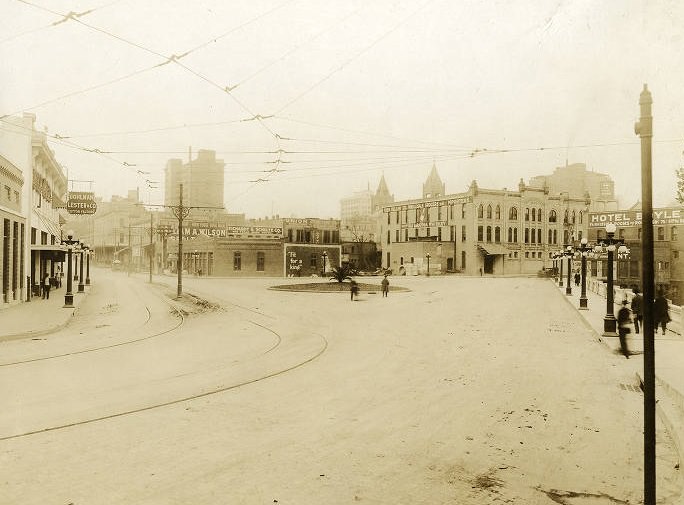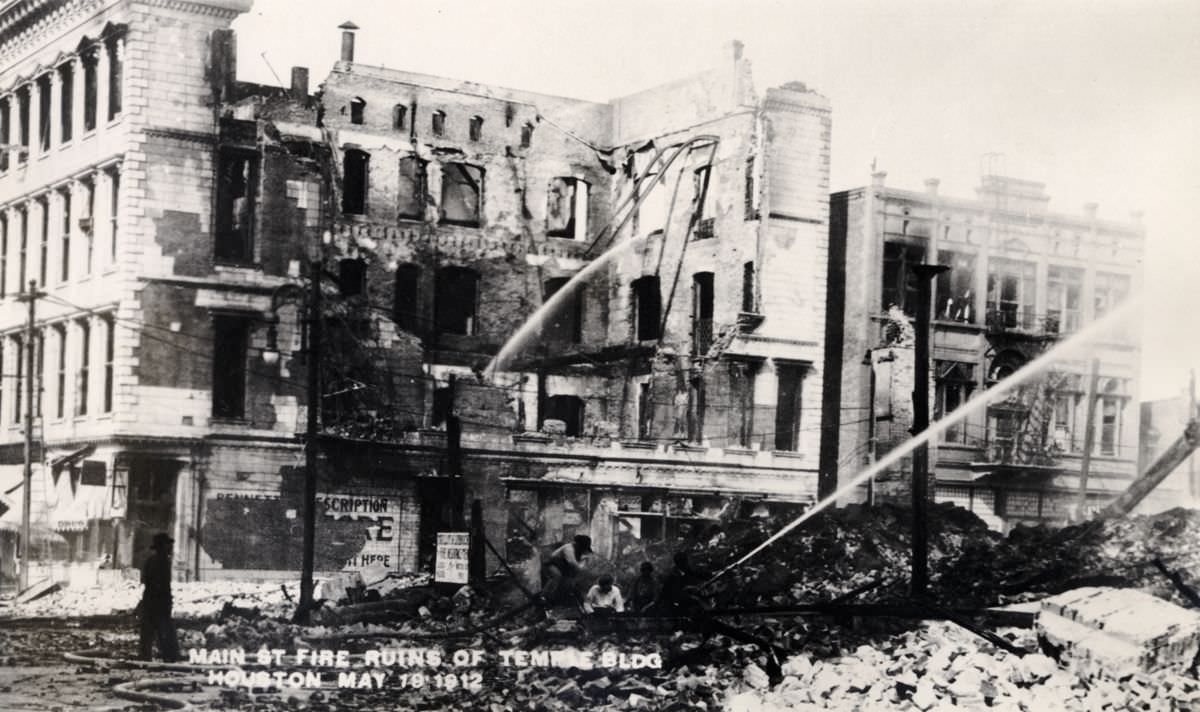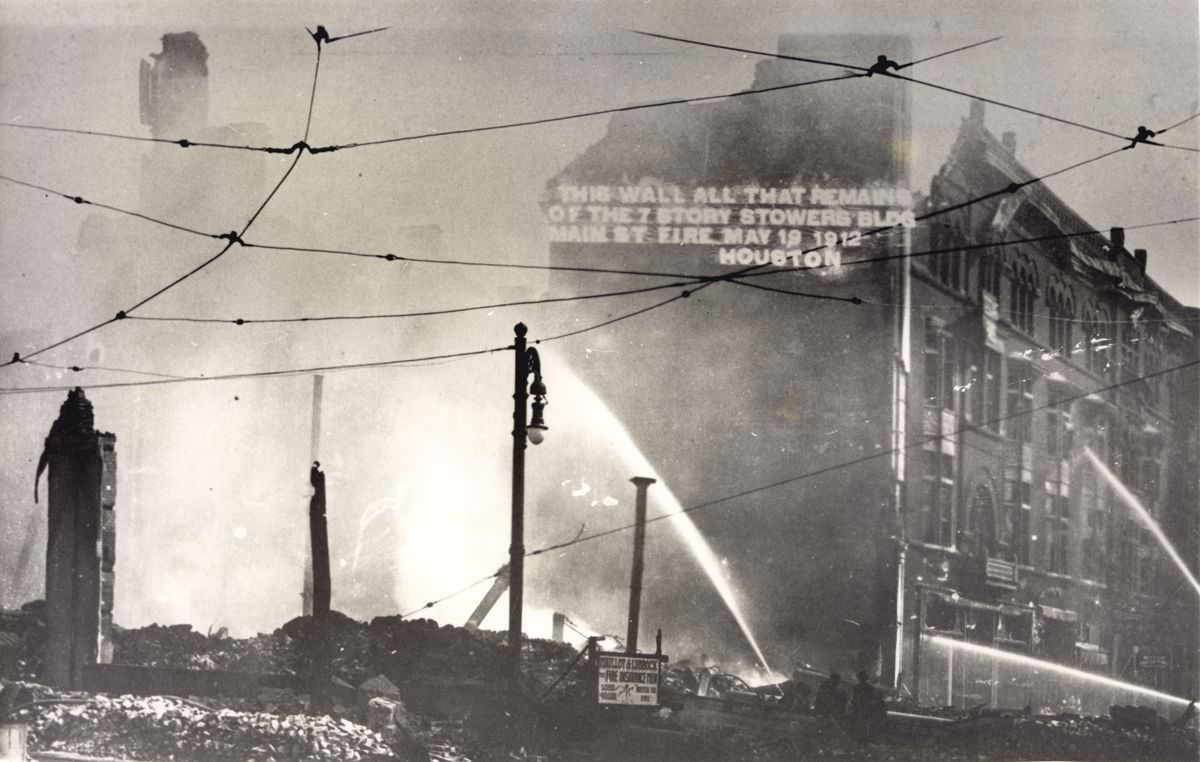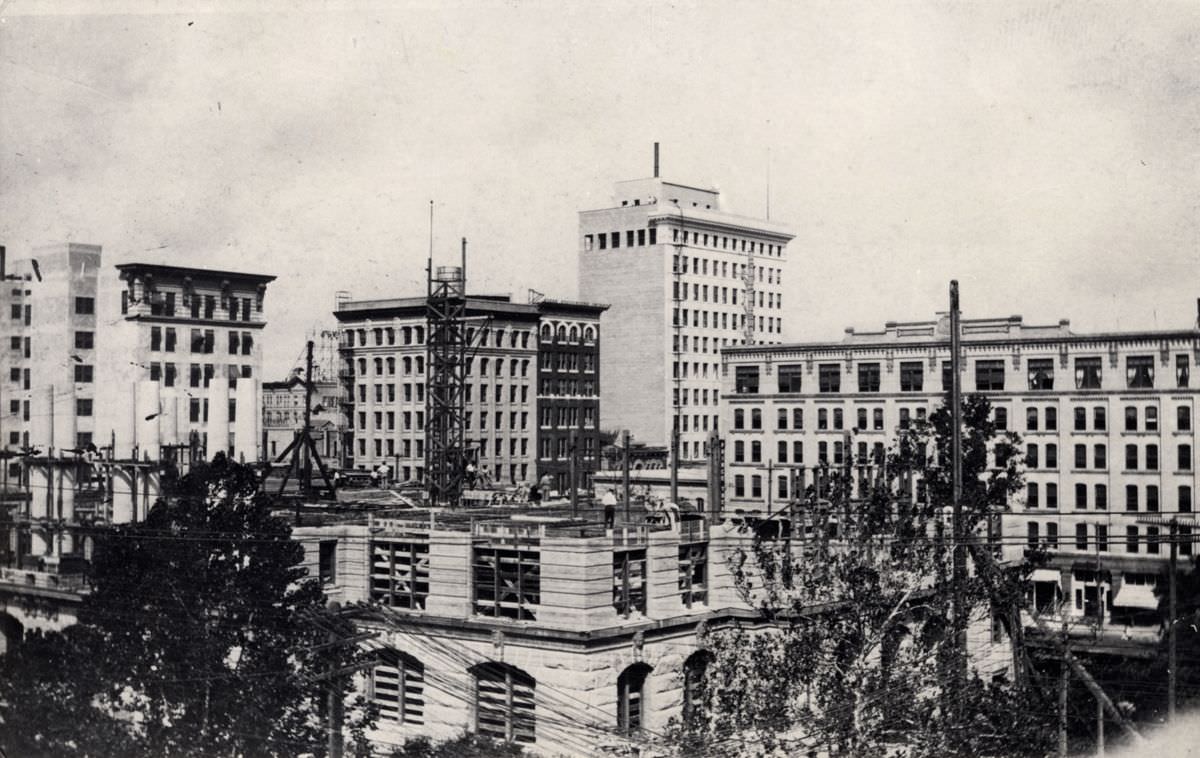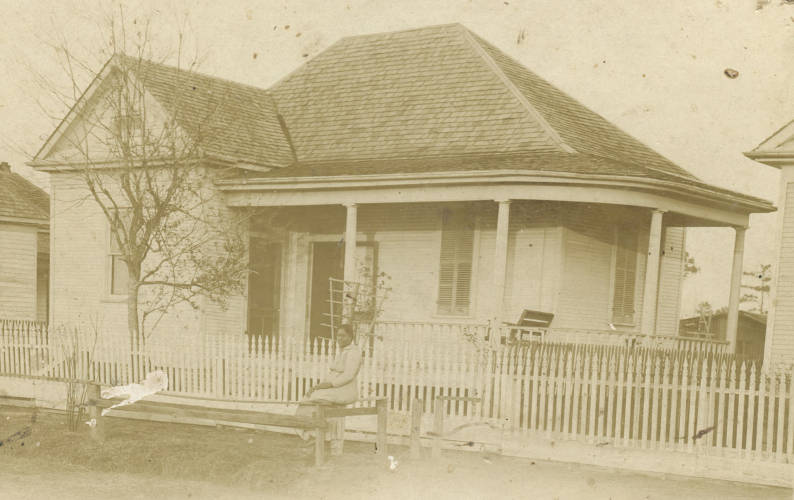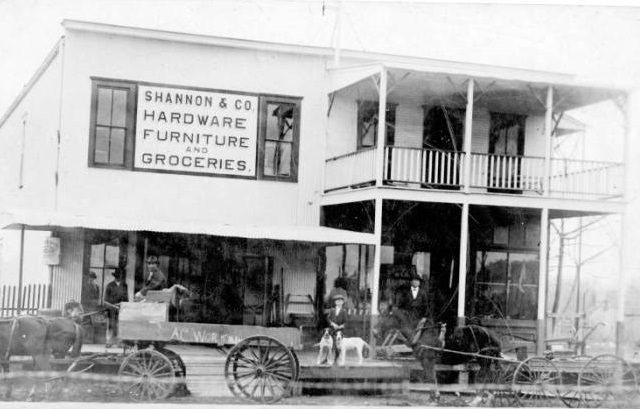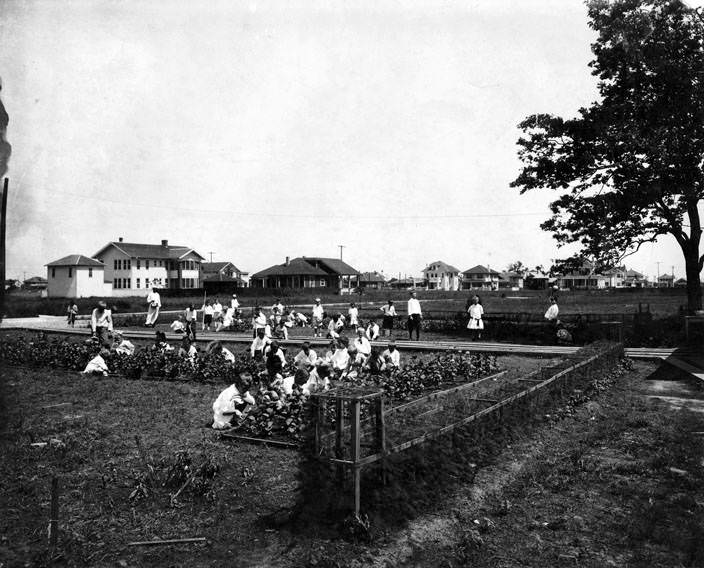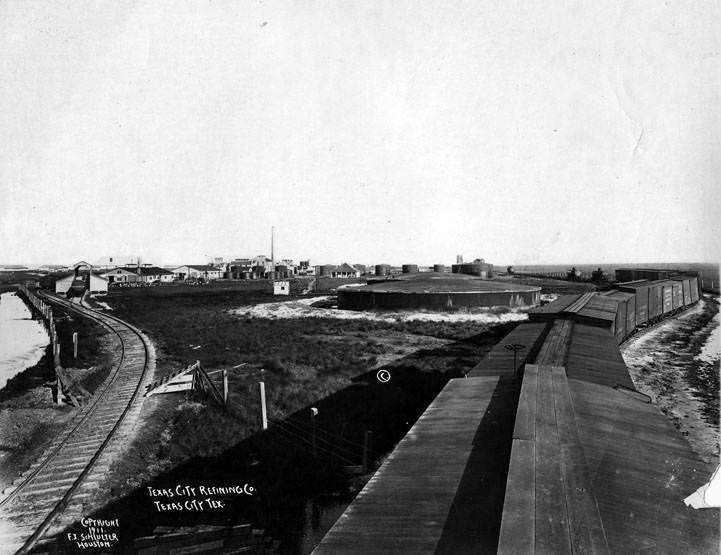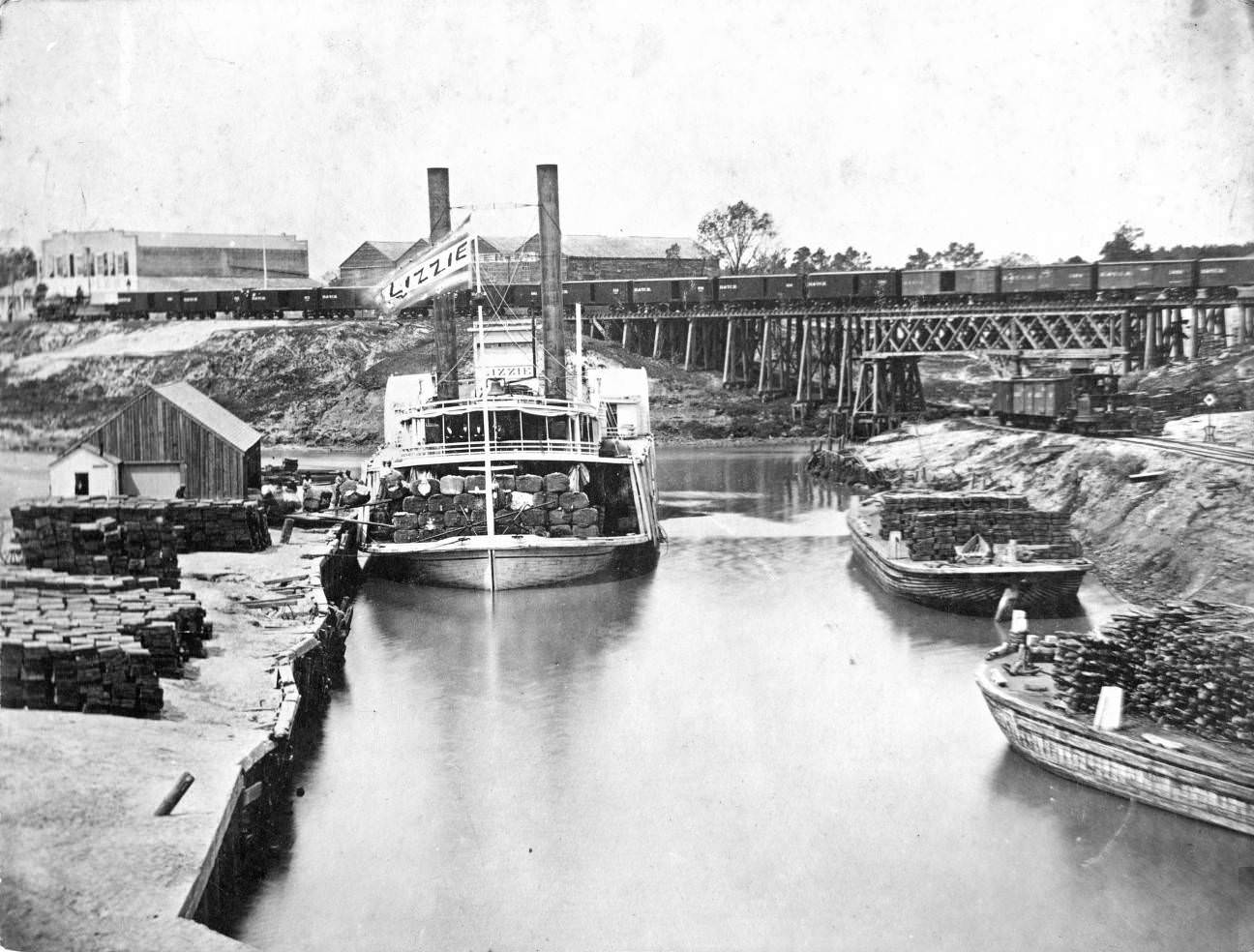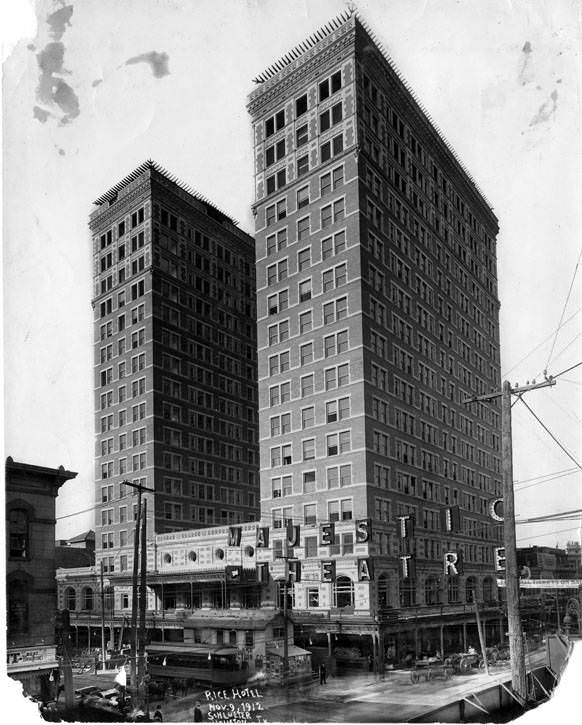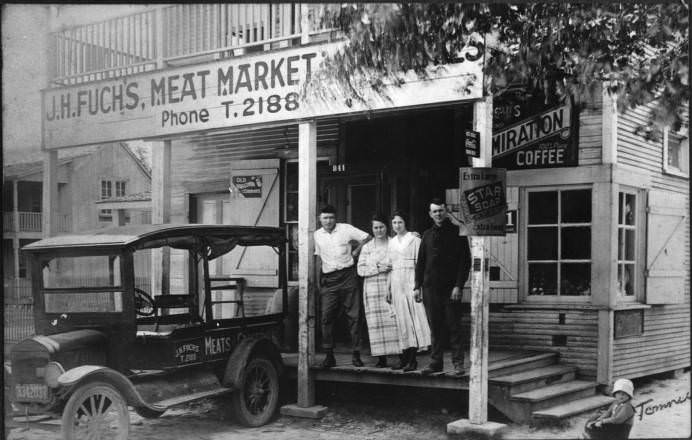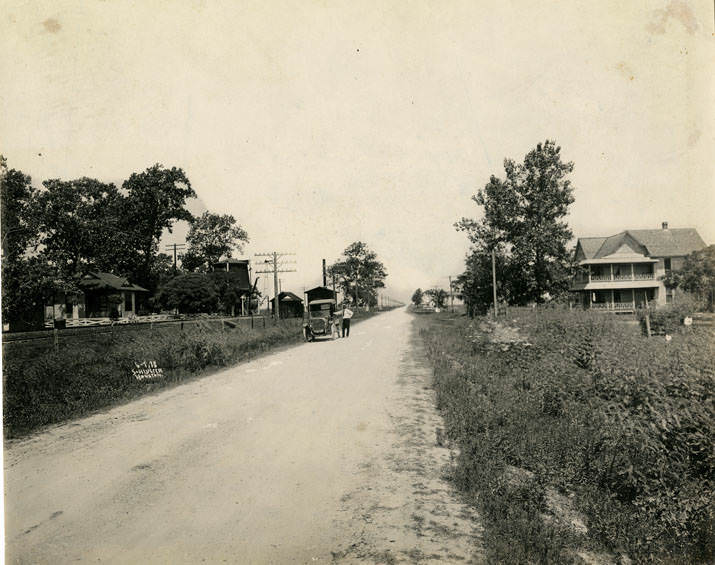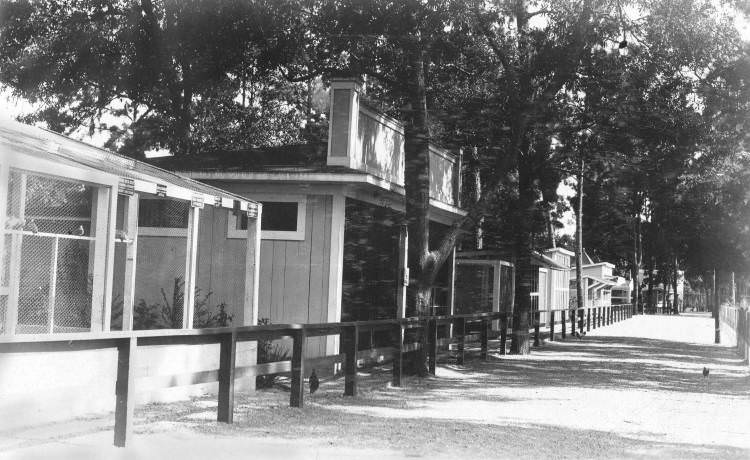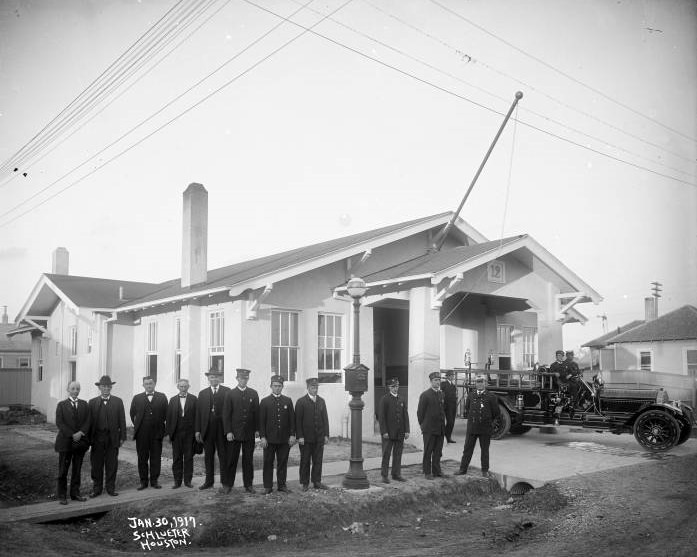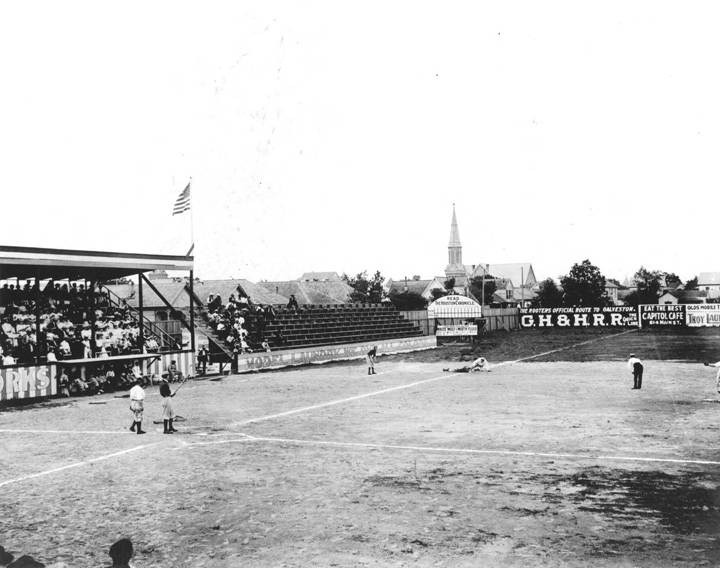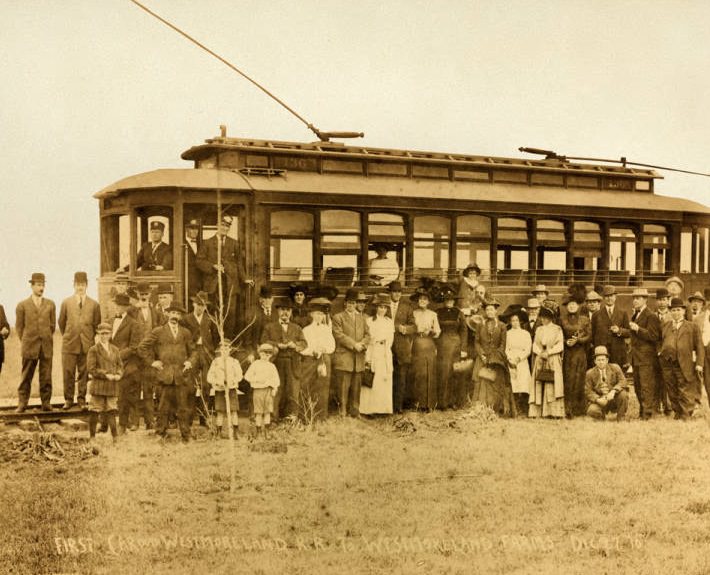The 1910s was a crucial decade for Houston, marked by significant growth, urban development, and the solidification of its role as a key economic center in Texas and the Southern United States. This period was characterized by the city’s burgeoning oil industry, infrastructural advancements, and a growing sense of civic pride and cultural identity.
The Impact of the Oil Boom
The Spindletop oil discovery in 1901 near Beaumont had a profound and lasting impact on Houston throughout the 1910s. As the oil industry flourished, Houston became a central hub for the burgeoning energy sector, attracting businesses, workers, and investors. The city’s strategic location, coupled with its transportation infrastructure, made it an ideal center for the oil industry’s logistical and corporate needs. This era saw the establishment of numerous oil companies, the expansion of refineries, and the growth of related industries, which fueled economic development and population growth.
Expansion of the Houston Ship Channel
A defining project of the 1910s was the expansion of the Houston Ship Channel, completed in 1914. This monumental effort transformed Houston into a deep-water port, allowing for greater trade capacity and connecting the city more directly to international markets. The Ship Channel’s expansion was critical for the oil industry, facilitating the export of petroleum products and importing heavy machinery and equipment. It also diversified Houston’s economy, boosting the cotton trade, manufacturing, and other commercial activities.
Urban Development and Infrastructure
The 1910s saw significant investments in Houston’s urban infrastructure to support its rapidly growing population and expanding economy. The city improved its streets, utilities, and public services, including water and sewage systems. The extension of streetcar lines encouraged the development of new residential neighborhoods, making the city more accessible and promoting suburban growth. Additionally, the construction of iconic buildings and the establishment of new parks and public spaces reflected Houston’s aspirations as a modern, progressive city.
World War I and Its Effects
The United States’ involvement in World War I from 1917 to 1918 impacted Houston significantly. The city played a role in the national war effort, with local industries shifting production towards war materials and supplies. The war accelerated economic activity in certain sectors, but it also brought challenges, including labor shortages and inflationary pressures. Post-war, Houston benefited from the economic boom that followed, setting the stage for continued growth in the 1920s.











